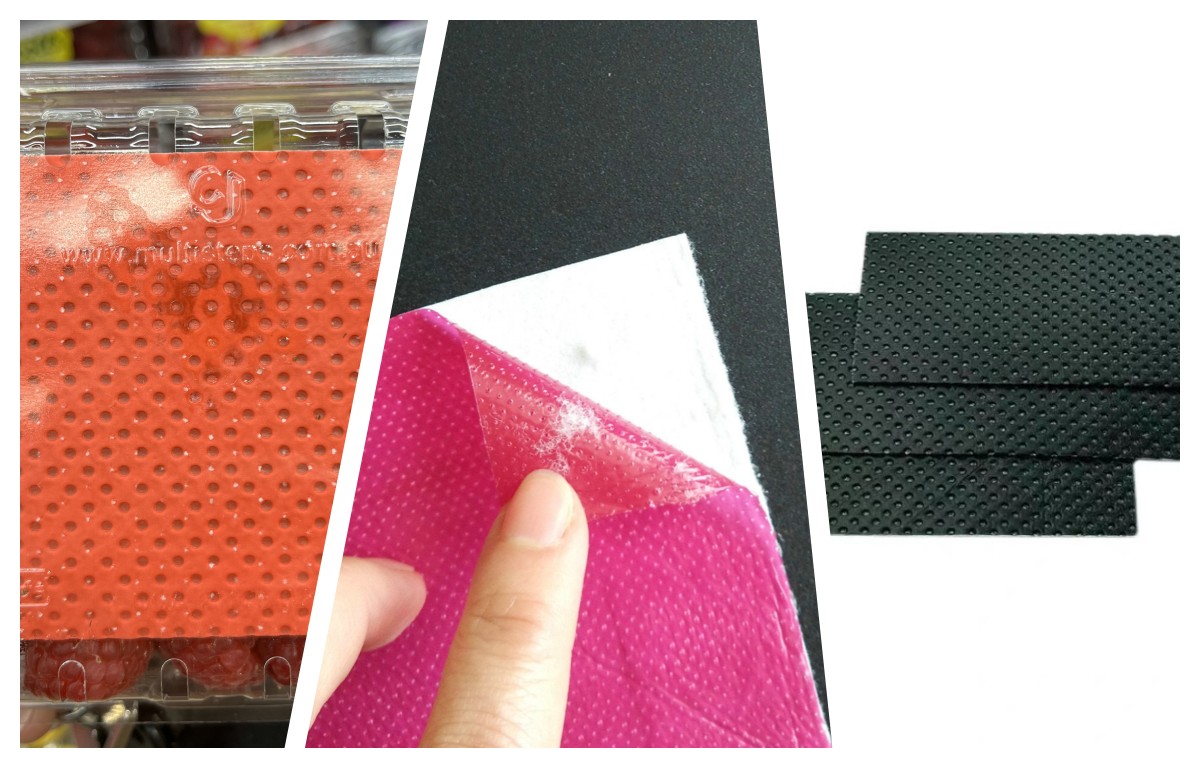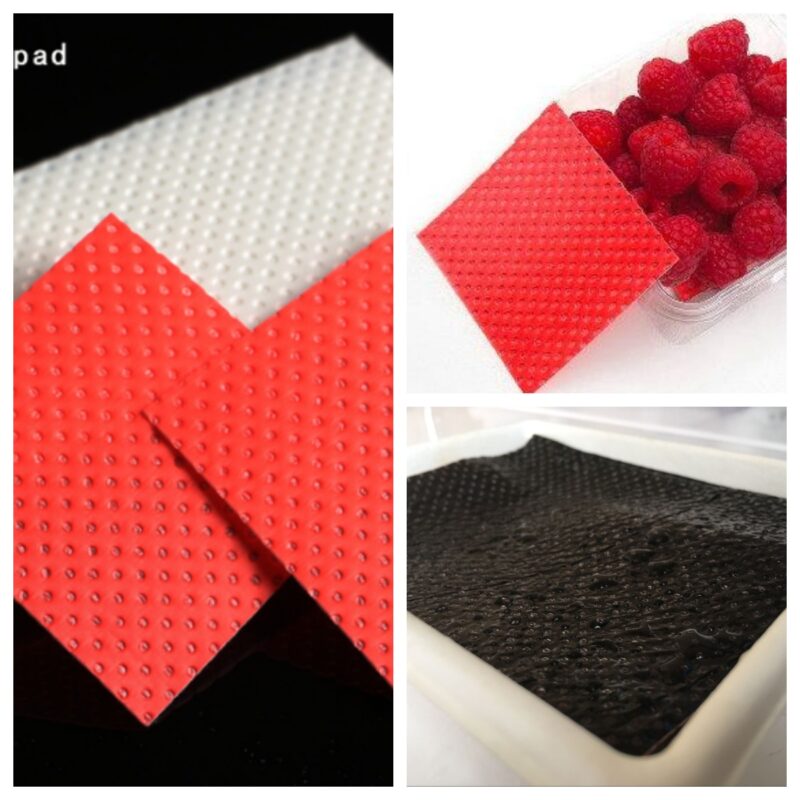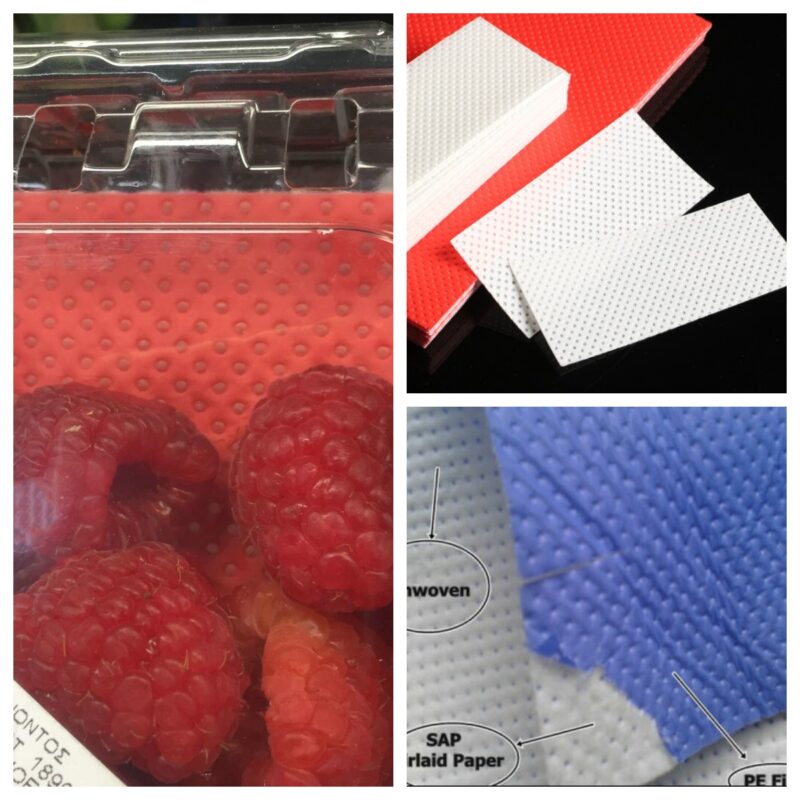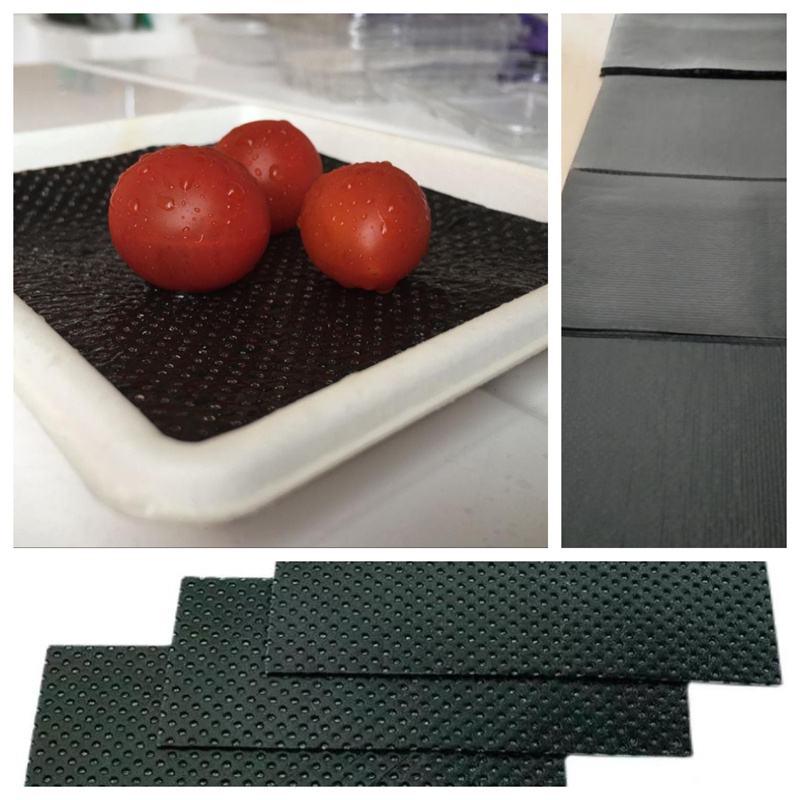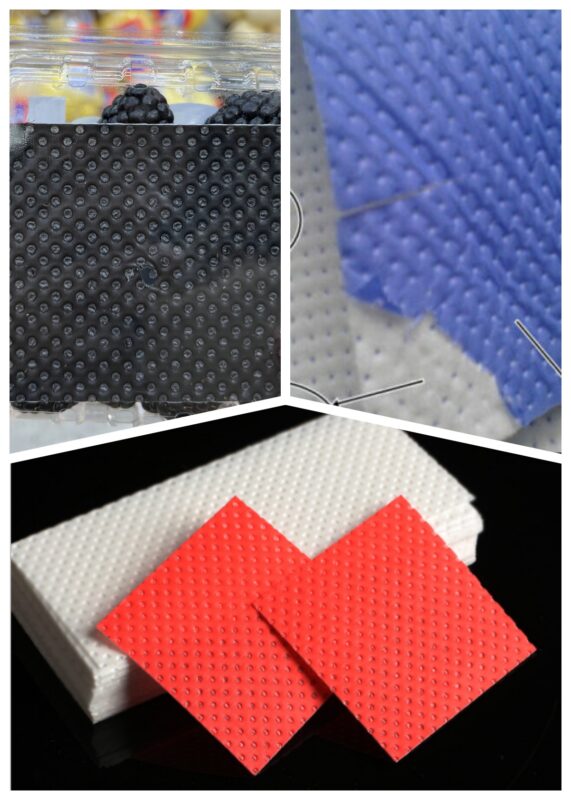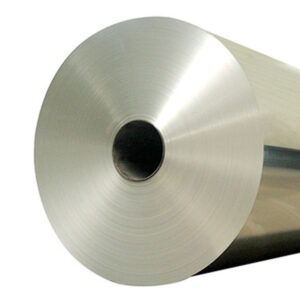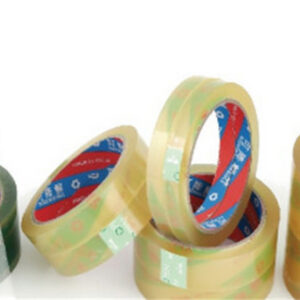Introduction of Fruit Packing Pads
In the fast-paced modern life, people’s demand for food preservation is increasing. At the same time, more and more people are becoming concerned about environmental protection and sustainable development. Fruit Packing pads, as a new type of preservation product, have gradually become the preferred choice for fruit preservation due to their excellent water-absorbing performance and eco-friendly characteristics. This article will delve into the principles, functions, applications, and positive implications of the fresh-keeping water-absorbent pad for environmental conservation.
Part I: Principles and Functions of Fruit Packing Pads
1. Principles of Soaker Pads
The Fruit Packing Pads are made of high-polymer water-absorbing resin. This resin possesses a strong water-absorbing capacity, which allows it to quickly absorb and retain water when it comes into contact with moisture, preventing water penetration. Additionally, when stored food releases moisture, the water-absorbent pad can release the stored water to maintain the food’s moistness.
2. Functions
As a preservation material, the Fruit Packing Pads serve several functions:
(1) Maintain food freshness:
The soaker pads prevent food from becoming damp or spoiled, thereby extending the shelf life of perishable items. Especially for fruits, vegetables, and seafood, which are prone to moisture damage, the use of the water-absorbent pad significantly improves their preservation effectiveness.
(2) Control moisture:
The freshness of food is closely related to its humidity. The Fruit Packing Pads help regulate the food’s moisture content, preserving its taste and quality.
(3) Prevent cross-contamination:
When in direct contact with food, the water-absorbent pad acts as a barrier, preventing cross-contamination between different food items and ensuring food safety.
Part II: Applications of Fruit Packing Pads
The Fruit Packing Pads find widespread applications in the following areas:
1. Food retail industry
In supermarkets and farmer’s markets, the fresh-keeping water-absorbent pad is widely used for packaging and preservation of fruits, vegetables, meat, seafood, and other perishable foods. It can be placed at the bottom of food containers or packaging boxes to absorb excess water, keeping the food dry and fresh, thus enhancing the product’s display quality.
2. Logistics and transportation
In the food transportation industry, the fresh-keeping water-absorbent pad plays a crucial role. Placing water-absorbent pads at the bottom of packaging boxes effectively prevents food losses and wastage caused by dampness during transportation.
3. Household use
For ordinary households, the fresh-keeping water-absorbent pad is also a practical preservation tool. Placing the water-absorbent pad in the vegetable and fruit compartments of the refrigerator or food storage containers extends the shelf life of food items, reducing food waste.
Part III: Positive Implications of Fruit Packing Pads for Environmental Conservation
1. Reducing food waste
The global issue of food waste is becoming increasingly severe. It is estimated that about one-third of the world’s food production is wasted annually. The application of fresh-keeping water-absorbent pads can effectively prolong the shelf life of food items and reduce waste caused by food spoilage. By reducing food waste, we can better utilize limited resources and lessen the environmental impact of production and transportation.
2. Replacing traditional packaging materials
Traditional food packaging materials such as foam boxes and plastic wrap are often non-biodegradable and cause serious environmental pollution. In contrast, fresh-keeping water-absorbent pads are made of degradable high-polymer materials. Their production process is relatively eco-friendly, and they do not cause long-term pollution to the environment after use.
3. Enhancing consumer environmental awareness
As an eco-friendly product, the fresh-keeping water-absorbent pad can also raise consumer awareness of environmental protection. Throughout the purchasing and usage process, consumers come to realize that choosing to use the fresh-keeping water-absorbent pad is a proactive contribution to environmental conservation, thereby cultivating environmentally friendly habits.
4. Reducing energy consumption
Food preservation involves energy consumption, such as refrigeration and freezing. The use of fresh-keeping water-absorbent pads can extend the shelf life of food, reducing the frequency of refrigeration and thawing processes, thus lowering energy consumption and contributing to energy conservation.
5. Driving industry innovation and development
The fresh-keeping water-absorbent pad, as a novel preservation product, has stimulated innovation and development in related industries. As the demand for environmental protection and sustainability grows, manufacturers of water-absorbent pads will continue to improve materials, production processes, and performance, striving for greater sustainability and propelling related industries towards eco-friendliness and efficiency.
6. Promoting ecological balance
Food production and transportation processes often involve significant resource consumption and environmental pollution. By reducing food waste and losses, the fresh-keeping water-absorbent pad helps alleviate pressure on natural resources, maintaining ecological balance and stability in ecosystems.
Conclusion of Fruit Packing Pads
The Fruit Packing Pads, as a new type of preservation product, boasts exceptional water-absorbing capabilities and eco-friendly attributes. It finds wide-ranging applications in the food retail industry, logistics and transportation, and household use. It effectively preserves food freshness, reduces food waste, replaces traditional packaging materials, enhances consumer environmental awareness, decreases energy consumption, and drives industry innovation and development.
In the face of increasingly critical environmental challenges, the application of fresh-keeping water-absorbent pads contributes to environmental conservation efforts. However, achieving more substantial environmental benefits requires not only technological innovation and industrial development but also heightened environmental awareness and actions from consumers. Each of us can start with small actions in our daily lives, such as reducing food waste, opting for eco-friendly products, and actively promoting the principles of sustainable development. Together, let us respond to the call of environmental protection through collective efforts, leaving a cleaner and greener world for future generations.

